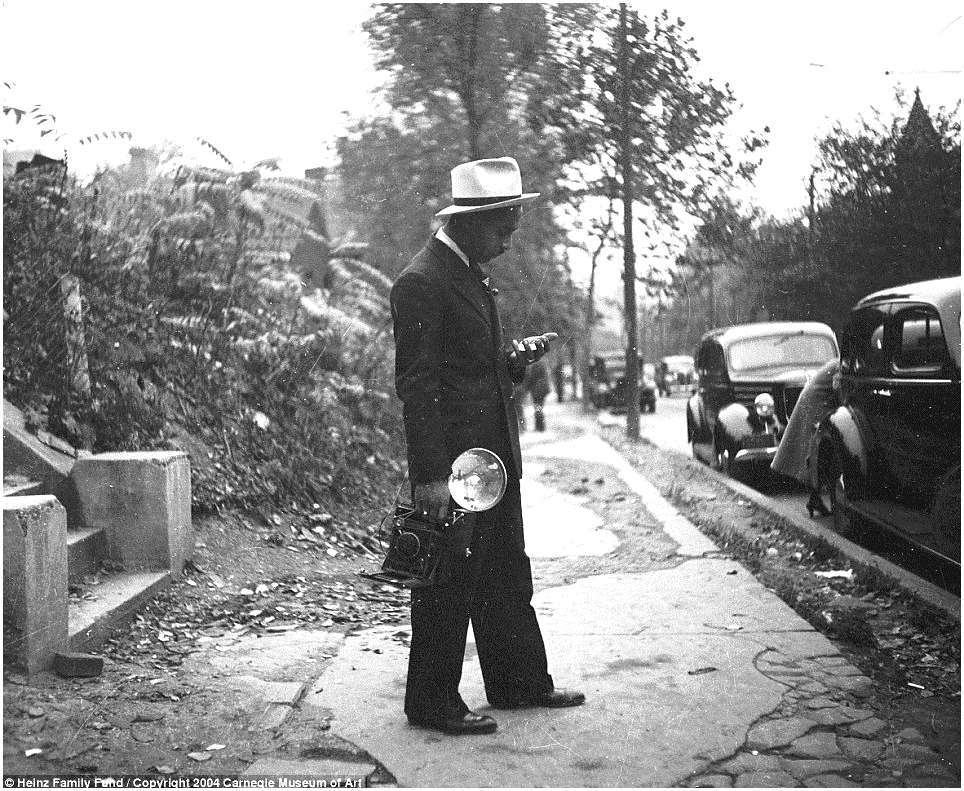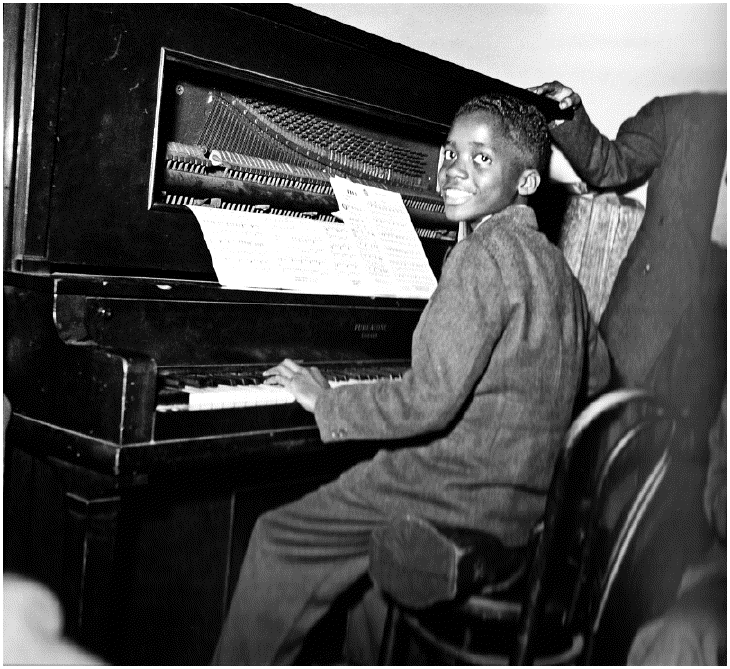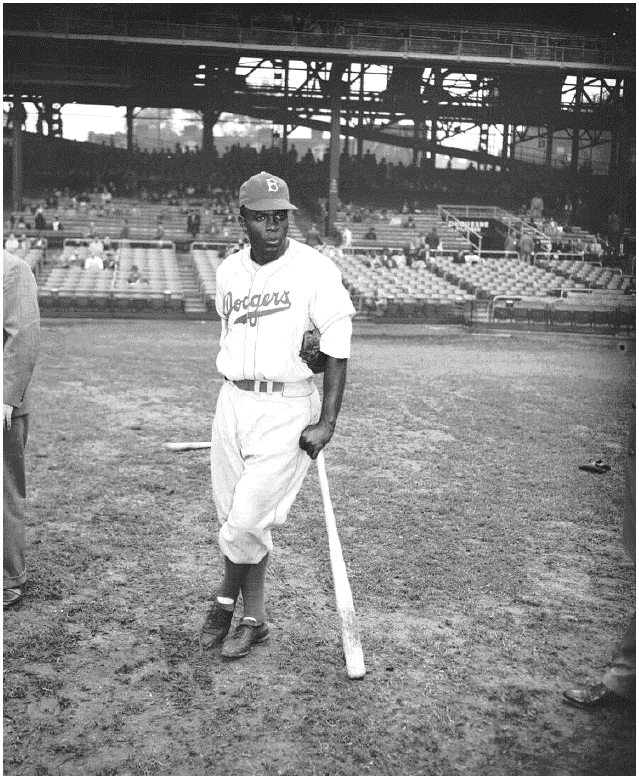
Teenie Harris,
Photographer
Image, Memory, History
Cheryl Finley, et. al
(University of Pittsburgh Press)

Teenie Harris lived in Pittsburgh from 1908 to 1998. In the early part of his life he was a numbers runner for his brother Woogie, but then became fascinated by photography. For fifty years of his life, he was the photographer for Pittsburgh's black community. When he died he left behind 73,000 black and white negatives. That's a 7-3 with three zeroes after it. Try to imagine 73,000 anything, like large negative plates.The editors suggest --- and this volume proves --- that Harris had a near perfect eye. He was known as "Flash," and he scarcely ever took more than one shot of any person or group or a visiting sports figure or jazz musician. His photographs were, as far as we know, simple and spare. He was never one to waste his precious supplies.
It was a habit brought on by his job for the Pittsburgh Courier. It was at the time one of the premiere black newspapers in the country, with fourteen national editions. Despite its prosperity, Harris was only paid for the shot --- never for his equipment, the plates, and the relatively expensive flashbulb.
Most of his photographs were of the black Pittsburgh middle class: weddings, funerals, celebrations, outings, the daily life of the community. In addition, Pittsburgh was a center of the "chitlin circuit" --- a key venue in those segregated times. We find here many photographs of the leaders of the black artistic, political, and sports community.
Some of the most fascinating from this volume are the pictures of the jazz greats: Hank Mobley, Horace Silver, Art Blakey. Nat "King" Cole is shown arriving in town, and Lionel Hampton is shown departing. A young Duke Ellington, with his principal arranger, Billy Strayhorn is pictured at the Stanley Theatre. Louis Armstrong is shown at the Crawford Grill (owned by Harris's brother).

A photograph of the Billy Eckstein band shows a young Eckstein, Dizzy Gillespie, and Charlie Parker. There is a very youthful Ahmad Jamal at the piano on one page [above], and opposite, Sarah Vaughan, and on the overleaf, Lena Horne. Joe Louis is caught on his visit in 1938, along with boxer Harry Bobo --- and a pensive Jackie Robinson appears, with the date of 1947 [below]. Too, Willie Mays and, from 1963, a very young Muhammed Ali. Earl "Fatha" Hines and Erroll Garner came to town in 1946 --- and a noisy Johnnie Ray appears, a loudmouth whose noxious song "Cry" violated our eardrums and much of 1952's American radio.There is a shot of Eleanor Roosevelt (looking absolutely beat --- the picture was taken in 1956). Vice-President Richard Nixon appears, and from a labor day celebration in 1967, there is a shot of A. Philip Randolph.
The editors tell us that Harris was an honorable man, trying to make a living in a painful world of prejudice and poverty. "Harris's photographs provide an intimate view of twentieth-century black life, not generally known or recognized ... [they] provide vivid examples of black life as a larger American story." The principal thesis here is that Harris's mastery was one of simplicity and order.
But, truth be known, neither you nor I nor the editors can know for sure. For they have selected for us some 150 out of a possible 73,000. Who can possibly know, at this stage, what Harris' entire opus represents, what he was looking for, what he ultimately got? Teenie Harris is a fine start: the black-and-white photographs are presented boldly and clearly, each to its own page. But there is still a mountain of negatives which may tell another story.

--- Lolita Lark